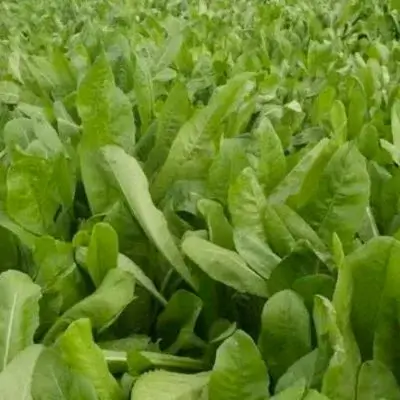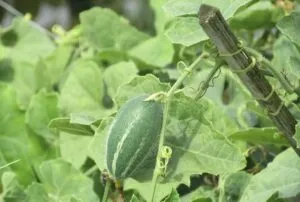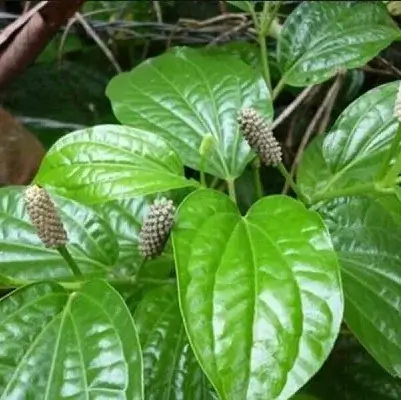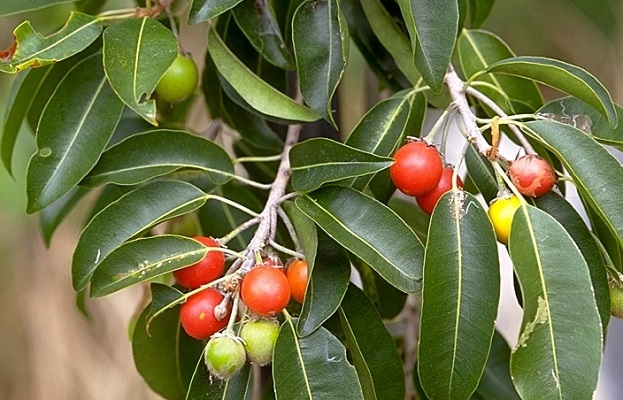On This Page
Summarise this article using AI
Patola -Trichosanthes dioica
Introduction
Patola is commonly known as pointed gourd. It is also called as Parwal. It looks like Ivy gourd, but it is a little bigger than Ivy gourd.Patola is used as a vegetable in Bengladesh and Northern part of India. It is cultivated mostly during rainy seasons. Leaves and fruits are mainly used for the cooking purposes. It is a good source of vitamins and minerals. Because of its valuable medicinal properties, it is one of the most important drugs in Ayurveda.
Dr.Gupta’s IAFA has been consistently working on Patola for discovering more medicinal properties of the plant. Our experts found out that the plant can act as antipyretic, diuretic, cardiotonic, laxative, antiulcer, anti-inflammatory, antidiabetic, antihyperlipidemic, antihelminthic agent. The roots of the plant contain trichosanthins, saponins, fixed oil, essential oil and tannins. Fatty acids like linolenic acid, oleic acid, oleostearic acid, trichosanic acid, curcubita-5,24 dienol are present in stem of the plant. The leaves contains carbohydrates, fat , fiber and minerals- calcium and phosphorous. Fruit contains vitamin A, vitamin C, nicotinic acid and thiamin.
Action of Patola–Trichosanthes dioica in Allergies
IAFA has been conducting various studies on Patola to found out the antiallergic and anti-inflammatory actions of the plant. The various chemical constituents present in the plant shows anti-inflammatory activity. Patola is very useful in skin diseases by its anti-inflammatory and anti-histamine activity.
Vernacular Names
| Sanskrit Name | पटोलः, कुलकस्तिक्तः, पाण्डुकः, कर्कशच्छदः |
| Hindi Name | Lavang, Laung |
| English Name | Pointed gourd |
| Malayalam Name | Kattupadavalam |
| Kannada Name | Kadupadavala |
| Telungu Name | Kambupotala |
Botanical Name
Trichosanthes dioica
Family
Cucurbitaceae
Morphology of Patola– Trichosanthes dioica
- Perennial herb
- Climber
- Roots – tuberous taproot system
- Stem- slender, climbing,seabrous
- Leaves –ovate, oblong, cordate, dark green colored
- Flowers – dioecious type, white colored,tubular
- Fruits – green with white stripes,orange-red when ripe.
- Seeds – ellipsoid
Ayurveda reference ofPatola–Trichosanthes dioica

Geographical distribution of Patola – Trichosanthes dioica
It is distributed in India especially in Australia, Northern part of India , Bengladesh, West Bengal,Pakistan,Nepal and Sri Lanka etc.
Phytoconstituents of Patola –Trichosanthes dioica
The phytoconstituents found in the plant Trichosanthes dioica arevitamin A, vitamin C,tannins,saponins,alkaloids etc.
Parts used of Patola – Trichosanthes dioica
- Whole plant
Dosage of Patola– Trichosanthes dioica
- Juice (swarasa) – 10-20 ml
- Decoction (kwatha)- 50- 100 ml
Medicinal Properties of Patola –Trichosanthes dioica
- Pacaka – helps to digest undigested food
- Hrdya – good forheart
- Agnidipaka – increases the secretion of digestive enzymes
- Kasaghna – relieves cough
- Jvaraghna- relieves fever
- Krimighna – removes worms
- Balya- gives strength to the body
- Visaghna- antitoxic activity

Have A Health Issue?
Consult Online
- Dr. Sahil Gupta (B.A.M.S., M.H.A.)
Ayurvedic Allergy Specialist
CEO & Founder of IAFA®
Home remedies of Patola –Trichosanthes dioica
In Ayurveda the treatment of different kinds of diseases are done by naturally availing non toxic drugs. We are continuously working on these plants to find out its pharmacological actions. IAFA have done so many studies on the plant Patola and foud out that it has wide range of actions. Some of the home remedies are given below.
- In Fever –25 gm each ofLeaves of Patola and Dhanyaka are taken and added with 200 ml of water ,boiled and reduced to 50 ml. Take this decoction internally for 3 days.
- In Skin disease – juice prepared from 10 gms of Guduchi and leaves of Patola are taken, applied over the affected part externally.
- In cough – 10 ml of juice prepared from leaves of Vasa and stalk of Patola along with honey is taken orally for 5 days.
- In Jaundice – 10 ml of juice prepared from leaves and fruits of Patola is taken internally for 7 days.
- In Alopecia – the paste made from leaves of Patola and Brungaraja is applied over affected area for 20 inutes.
- For Purgation – In Pitta predominant diseases, patola decoction is used for purgative purpose. 60 gm of roots and leaves of Patola is taken, added with 200 ml of water ,boiled and reduced to 40 ml and taken internally before food in the morning.
- In Diabetes– 15 ml juice of leaves of Patola is taken internally 7 days.
- In Indigestion – 10 ml juice of leaves of Patola is taken internally with honey.
Dr. Gupta’s IAFA provides safe, pure and non toxic Ayurvedic medicines. Our treatment protocols are completely based on Ayurvedic principles. According to Ayurveda each and every plants in the world has its own medicinal properties. Samhitas, Ayurvedic texts explains the properties and actions of almost all the plants. We mainly focuses on alleviating allergic disorders by using naturally available herbs which have less to no side effects. We can assure the safety of our customers as we are subjecting our products to various tests.
Reach IAFA for safe herbal remedies for all your ailments!!!
Was this Page Helpful?
Read More Articles
-

Kasini (Cichorium intybus)
Know about the uses, benefits, and medicinal properties of Chicory, Kasini (Cichorium…
-
-









